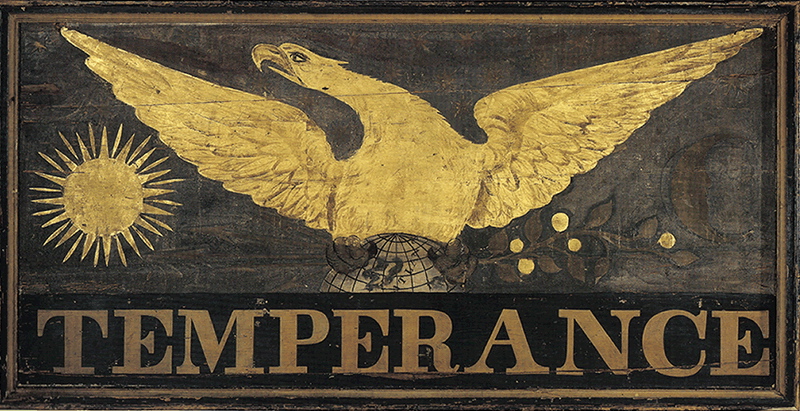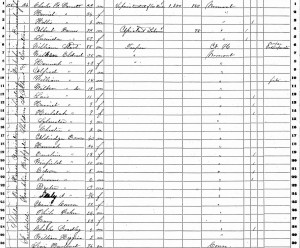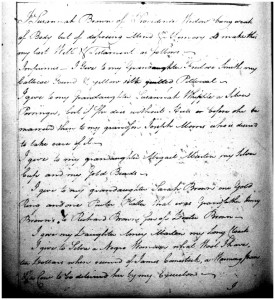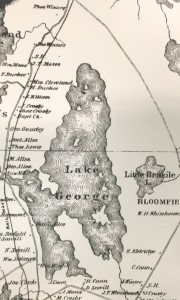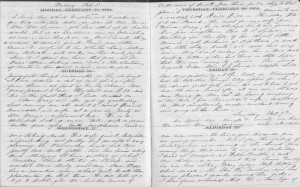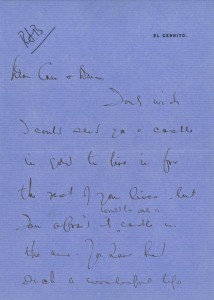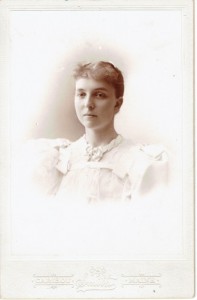
Searching for anything in My Old House carries certain risks, usually in the form of an interesting distraction (corsets, small bones I still refuse to discuss, or shoe lasts). My latest search turned up my maternal grandmother’s greeting card album, so I’ve completely forgotten what it was I initially sought! The album is a treasure of illustrated birthday and calling cards from friends and relatives, small “reward of merit” cards presented by her teachers, Valentine’s Day cards, Easter cards, and, of course, Christmas cards.
Lula Atlant Roberts McLeod (1876–1958) was a teacher in the schools of central Aroostook County, Maine, before her marriage in December 1899. Christmas cards had gained popularity from their beginnings in the 1850s, and by the 1890s, when my grandmother was teaching, cards with silk fringes were offered. She signed hers “Lula Roberts, Teacher.” Continue reading A Victorian Christmas album
